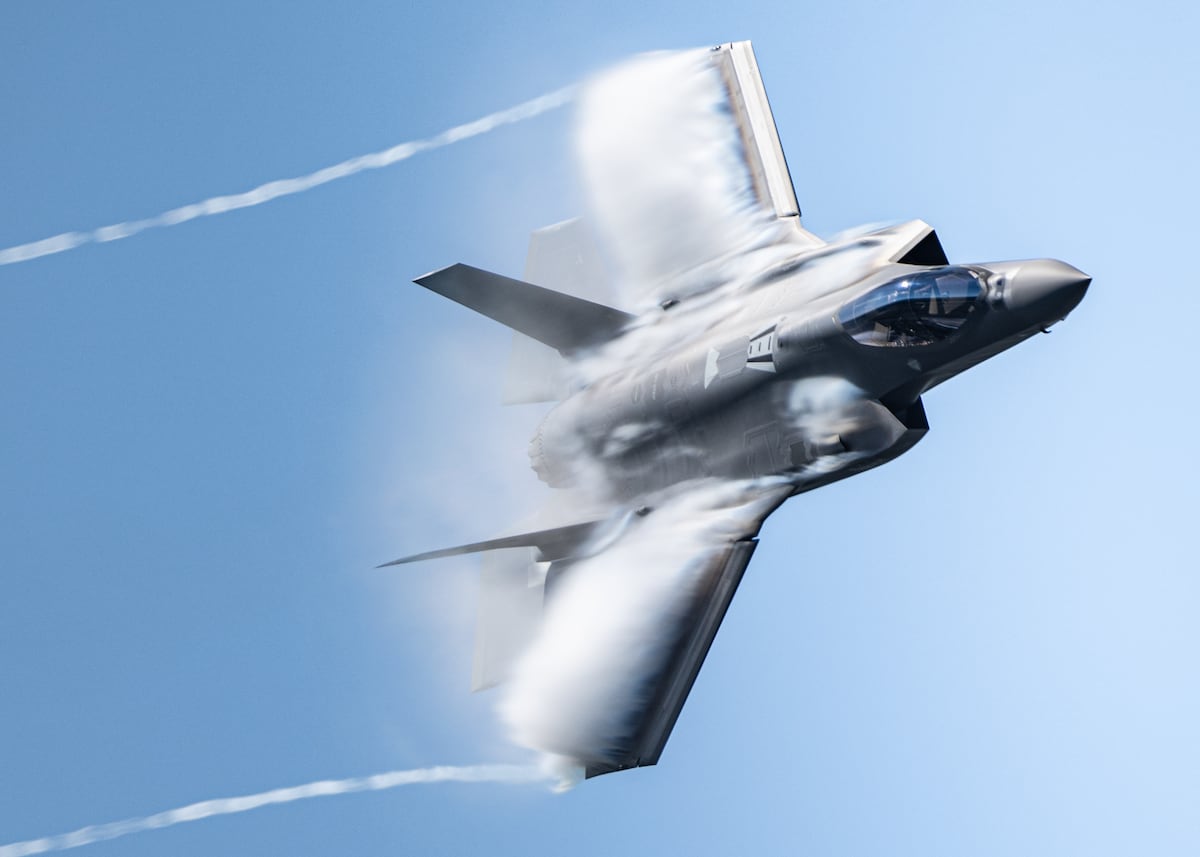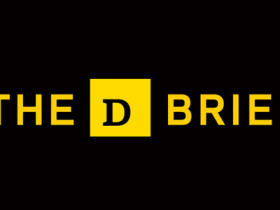PARIS — Belgium’s new government vows to boost the defense budget over the coming years to ensure the country, notoriously one of NATO’s worst performers on military spending, starts pulling its weight in the alliance.
The government of Prime Minister Bart De Wever plans to set the Belgian defense budget on track to reach current NATO spending targets by 2029, and the coalition agreement underpinning the government calls for investing in air defense, more F-35 fighter jets and a third frigate.
“The time of rebuilding our defense has started,” Minister of Defence Theo Francken, who was sworn in last week, said in a speech to Belgian ambassadors on Feb. 7. “This will put an end to what I can safely call a ‘period of national disgrace.’ A period in which Belgium was not loyal to its status as a founding member of NATO, but acted as the most notorious free rider of the entire alliance.”
Belgium spent 1.3% of GDP on defense last year, near the bottom of the NATO pack together with Spain, Luxembourg and Slovenia. The alliance had agreed in 2014 to move towards 2% spending within a decade, and 23 of the 32 allies met that target last year, NATO estimates.
In his speech, Francken cited the Latin adage Si vic pacem, para bellum, or ‘If you want peace, prepare for war,’ saying many appeared to have forgotten that lesson.
The coalition agreement states “it’s finally time” for Belgium to meet its obligations under Article 3 of the NATO treaty – which calls for capacity both at the country level and collectively to resist armed attack – and to address Belgium’s vulnerability to threats from air and sea.
Francken says Belgian spending last year included 0.16% of GDP on support for Ukraine, leaving actual spending on the armed forces at less than 1.2%. Belgium spent 15% of its defense budget on major new equipment, the lowest share within the alliance, according to NATO estimates.
The government plans for Belgian defense spending to reach 2% of GDP in 2029, and 2.5% by 2034 at the latest. Belgium will set up a Defence Fund within the federal investment company, which Francken says could raise €2.4 billion, or $2.5 billion.
Belgium spent an estimated €7.9 billion on defense in 2024, according to NATO. That’s less than Denmark and Norway, each of which has about half the population of Belgium, and compares to €21.4 billion for the Netherlands.
The current climate of geopolitical tension and tight budgets means other countries are raising the issue of Belgian underinvestment, Francken told broadcaster Radio 1 last week. “And with Donald Trump, that will happen in a brutal manner, so I’m fully prepared for that.”
The Ministry of Defence aims to present a new investment plan ahead of the NATO summit in The Hague in June, where the alliance spending target will probably be raised, Francken said in a parliamentary discussion of the coalition agreement last week.
Investment will be guided by NATO and European Union capability targets, the coalition agreement states. An immediate priority will be to buy munitions, where Belgium has a major shortage, according to Francken.
Other priorities include layered air defense, additional F-35s, small transport aircraft in addition to the country’s seven A400M freighters, armed drones, a helicopter fleet and a third frigate, as well as maritime minehunting capacity, according to the coalition agreement.
Francken has been a defense spending hawk for years, and the coalition agreement covers many of his demands, including more F-35s. Belgium ordered 34 of the fighters in 2018 for €3.8 billion to replace its fleet of F-16s, with the first aircraft scheduled to arrive in the country this year.
The government also plans to ensure the Belgian Navy can deploy at least one frigate at any given time. The navy operates two frigates from the late 1980s that were acquired second-hand from the Dutch in 2005, with plans to replace the vessels in the early 2030s. Francken has repeatedly argued Belgium needs a third frigate, something that now looks set to happen.
Belgium announced the purchase of two anti-submarine warfare frigates from Damen Naval and Thales for around €2 billion in April 2023, in a joint deal with the Netherlands, which was buying the same number of vessels. The first Dutch frigate is scheduled for delivery end-2029, while Belgium is scheduled to receive its first vessel in the second half of 2030.
The Netherlands in September announced plans to buy two more anti-submarine warfare frigates, doubling its order, and six more F-35 fighter jets on top of 52 aircraft already announced.
The new Belgian government will also invest in air defense. De Wever, a party colleague of Francken and previously mayor of Antwerp, last year argued the port city needs dedicated air defense. Antwerp is the second-largest port in Europe after Rotterdam and a military mobility hub, with several U.S. Army combat brigades using the port for rotational deployment in recent years.
The new government aims to strengthen cooperation with the Netherlands and Luxembourg in the maritime domain, ground-based air defense, air power and special forces. The country plans to expand partnerships such as the CaMo land forces cooperation with France, and strengthen the existing motorized brigade in CaMo with deep-strike capability and rocket artillery.
The medium-term target is to stand up a second brigade that can be put at the disposal of NATO, according to the coalition agreement.
Rudy Ruitenberg is a Europe correspondent for Defense News. He started his career at Bloomberg News and has experience reporting on technology, commodity markets and politics.
Read the full article here








Leave a Reply